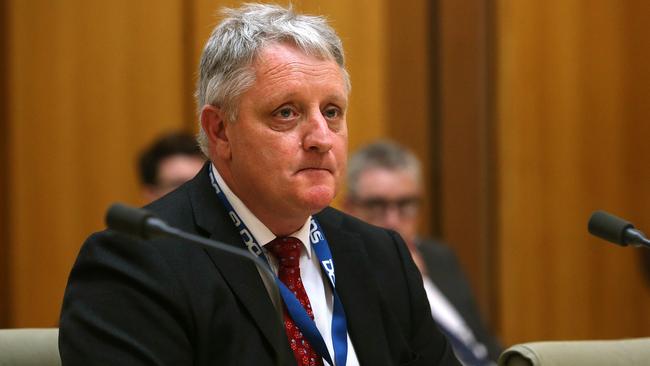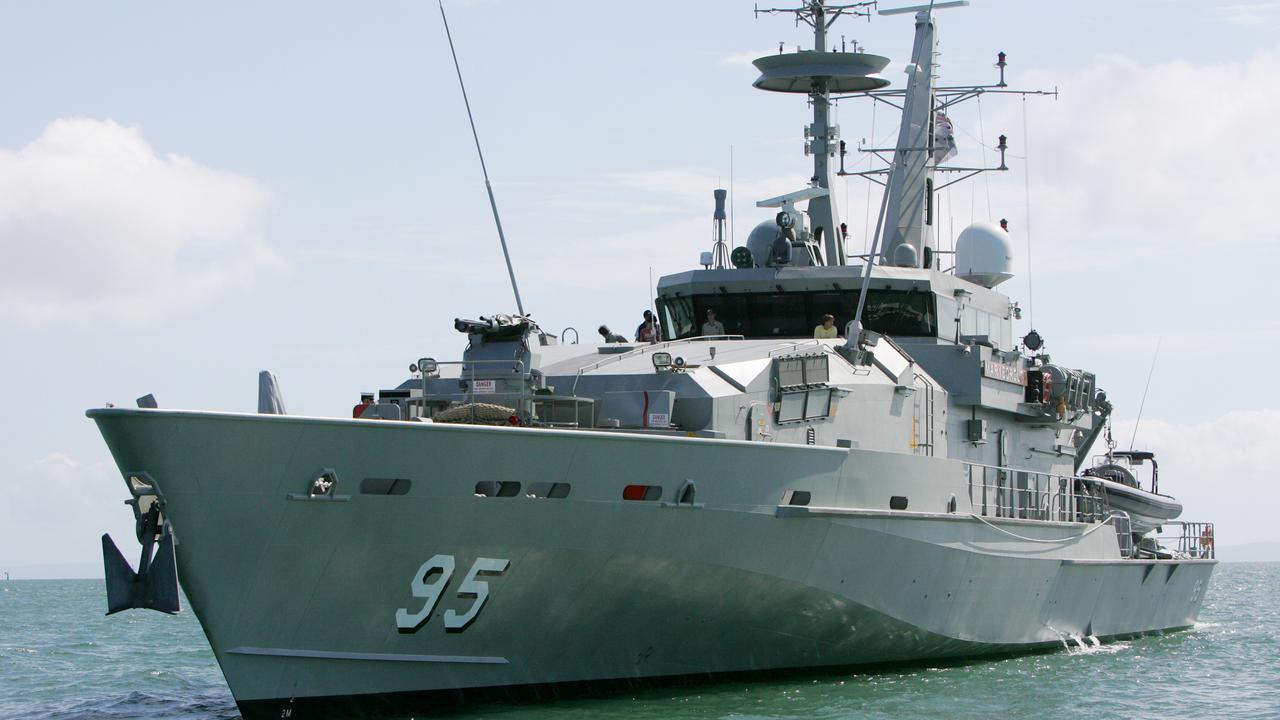Future Submarine to be sized up next year
The final dimensions of Australia’s Future Submarine will be determined by September next year.

Just over a year since French naval contractor DCNS was selected to build Australia’s $50 billion fleet of next-generation submarines, program heads are confident that early concept design work under way will have determined the final dimensions of the Future Submarine by September next year.
“By that stage we would be confident we would have sized the boat and we would have a good understanding of the layout of equipment and so on,” says Rear Admiral Greg Sammut, Head Future Submarine Program in Defence’s Capability Acquisition and Sustainment Group.
Brent Clark, chief executive of DCNS Australia, confirms that the reported 8.8 metre diameter of the submarine will not change. The length of 94m-97m referred to in DCNS marketing material was “pretty spot on, although a couple of metres added to the length of a submarine is neither here nor there’’, he says.
“My guess is it’ll probably be closer to 97m than 94.”
Early concept design involves the allocation by the commonwealth to DCNS and combat system integrator Lockheed Martin of the functions, performance and specifications of onboard systems.
“We’ll have people alongside both companies as they work on their recommended solution or approach and it’s then up to the commonwealth to decide on the way to proceed,” Sammut says.
“We must be confident we understand how our capability needs are being met, and confident about the cost and strategic implications.
“At the same time we’re considering how the submarine will be built and supported through life.’’

The subsequent preliminary design phase defines more characteristics of the onboard equipment to ensure the all-important balance of the submarine between neutral and positive buoyancy; that is, the ability to submerge and return to the surface.
Assuming this phase is completed by 2020, detailed design, including production drawings and systemic plans should be completed by the mid-2020s.
“We want to get to 85 per cent maturity of production drawings before we begin detailed production, probably in about 2024. Collins-Class construction got under way with only 10 per cent of production drawings completed,” Sammut says.
“We’re working from an integrated master schedule that will help us deliver a submarine by the early 2030s. That’s an achievable schedule but the complexity of the program requires very deliberate and focused attention and a consistent approach to ensure there’s no time being wasted in the early stages.”
About 25 Australian design and systems engineers drawn from Defence, industry and the Royal Australian Navy will leave in midyear for Cherbourg where they will be integrated into DCNS and Lockheed Martin design teams, with reach back to Australia. The Australian contingent is expected to rise to 40, including several RAN submariners, before the end of the year.
“They’ll be completely embedded within the design teams to ensure we always have that understanding of not only how the submarine is designed, but why it is designed that way,” Sammut says.
“And we get a better understanding of the cost makeup by being intimately involved in the design process. That’s the way we can ensure that we have affordability built in from the beginning.”
From the industry side, DCNS’ Clark details a demanding workload. He is a former Collin-Class submariner and DCNS director of strategy and communication before the surprise resignation of then-chief executive Sean Costello in March.
This workload includes face-to face DCNS/Lockheed Martin/commonwealth workshops rotating between Adelaide and Cherbourg or Paris almost every second week and the production of multiple deliverables — engineering, Australian industry content and program management plans.
His own schedule involves a video conference with France every evening, an internal DCNS video conference on Mondays, a DCNS Australia/commonwealth/DCNS France video conference Tuesdays, a steering group video conference on Wednesdays, and a program management video conference on Thursdays.
“Fridays tend to be ad hoc phone calls so I don’t have to sit in the office,” he says.
About 100 DCNS staff in France and Australia are involved with the Sea 1000 purchasing for the Future Submarine on project management, facilities, engineering and technology transfer.
In November, seven Australians, six of them naval architects and the seventh experienced in computer-aided design, will arrive in France to study submarine design for two to three years. These seven will form the core of an Adelaide-based DCNS design authority team that by 2023 will be 80-85 strong, Clark says.
In following the government’s requirement to create a sovereign submarine industry capability, Clark points out Australia does not produce magneto hydrodynamic motors but will work with Defence to determine how to maximise Australian industry involvement.
For example with diesel engines, manufacturers could be asked to ship the equipment dis-assembled so their Australian agents could then assemble the equipment, fit ancillaries and create strategies for in-country repair and maintenance.
“I know what I have to do is transfer everything to Australia that can be transferred to Australia and find Australian companies that can do it. From a platform perspective there is pretty well nothing on this submarine that can’t be done by Australian industry,” Clark says.



To join the conversation, please log in. Don't have an account? Register
Join the conversation, you are commenting as Logout